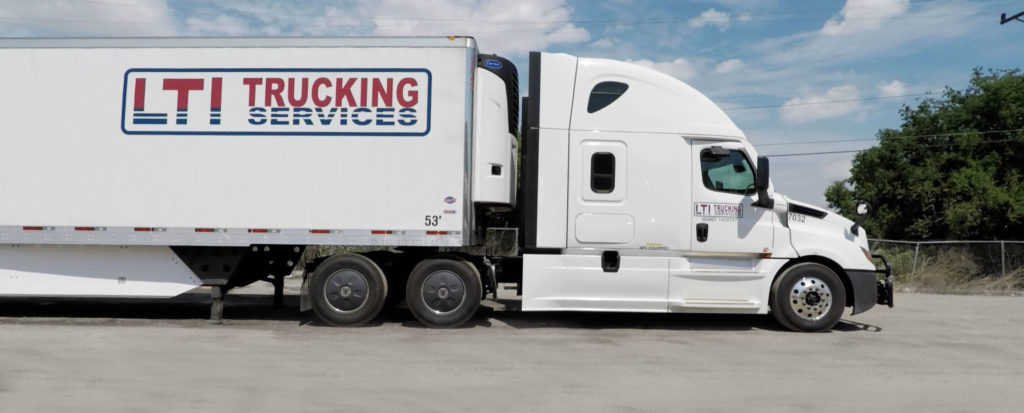
The trucking industry is too lax when it comes to tires. Often times, you hear about tire blowouts as to-be-expected, the cost of doing business, or simply a part of the nature of trucking. This is false.
We believe that 99% of tire replacements out on the road are preventable. Naturally, unexpected things can happen – e.g. a tire can pick up a nail, etc. But in general, tires should not have to be replaced as long as they stay properly inflated and remain undamaged.
On the Inflation Side:
As a professional driver, you are responsible for monitoring your tire pressures. While our trailers are equipped with auto-inflation systems, it is still critical that you thump every tire every day. On your tractor, you should do the same and occasionally take (“cold”) PSI readings of your drives and steers. Here’s what you are looking for:
Steer Tires:
Drive Tires:
Trailer Tires:
115 - 120 PSI
105 - 110 PSI
105 - 110 PSI
An additional tool to help you is your truck’s Tire Pressure Monitoring System (TPMS). LTI’s 2018 trucks and newer are all equipped with TPMS, which will alert you when a tire’s PSI’s get too low or the tire’s temperature gets too high. While LTI used to be unable to keep up this system (due to incompatible technology), that has since changed. Therefore, if you see a TPMS light on your dash (see the accompanying picture) it should not be ignored – this is a prompt to have your tires aired up.

On the Damage Side:
Tires are mostly damaged in three ways. First is the most prevalent: curbing tires. LTI drivers should always remember the basics of maneuvering their vehicle; taking a wide turn will provide clearance so that you do not chunk up a trailer tire. Secondly, you need to stay in the lane. More and more of LTI’s tractors are equipped with lane departure alarms that signal you when you drift outside the lines. When you drift outside the lines and onto the shoulder, you are in a high-risk zone of picking up tire-damaging debris strewn on the side. Lastly, pay attention to your brakes and air system to ensure you are not pulling away with locked up wheels. Not releasing the brakes and dragging tires will create flat spots, necessitating a tire replacement.